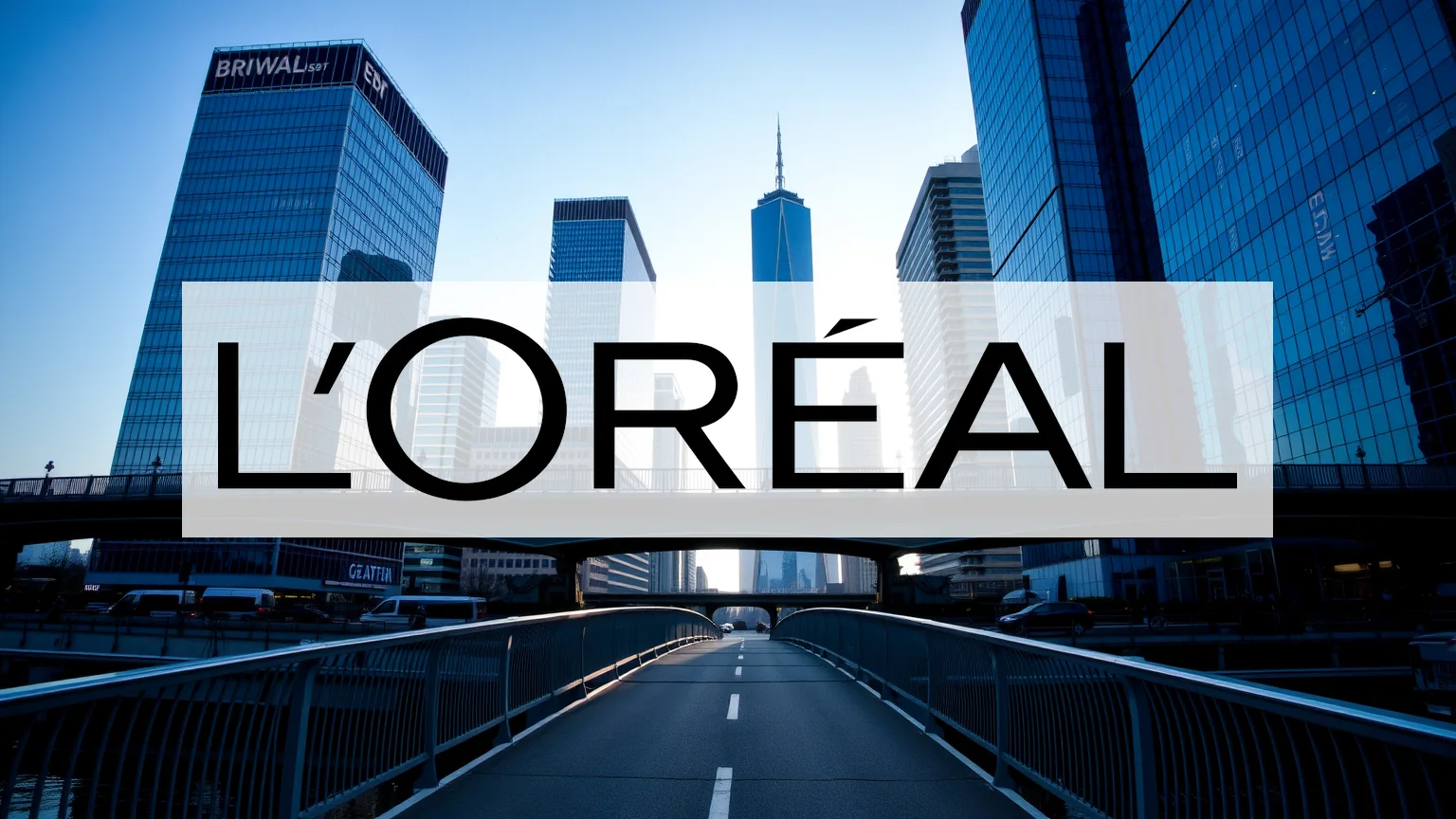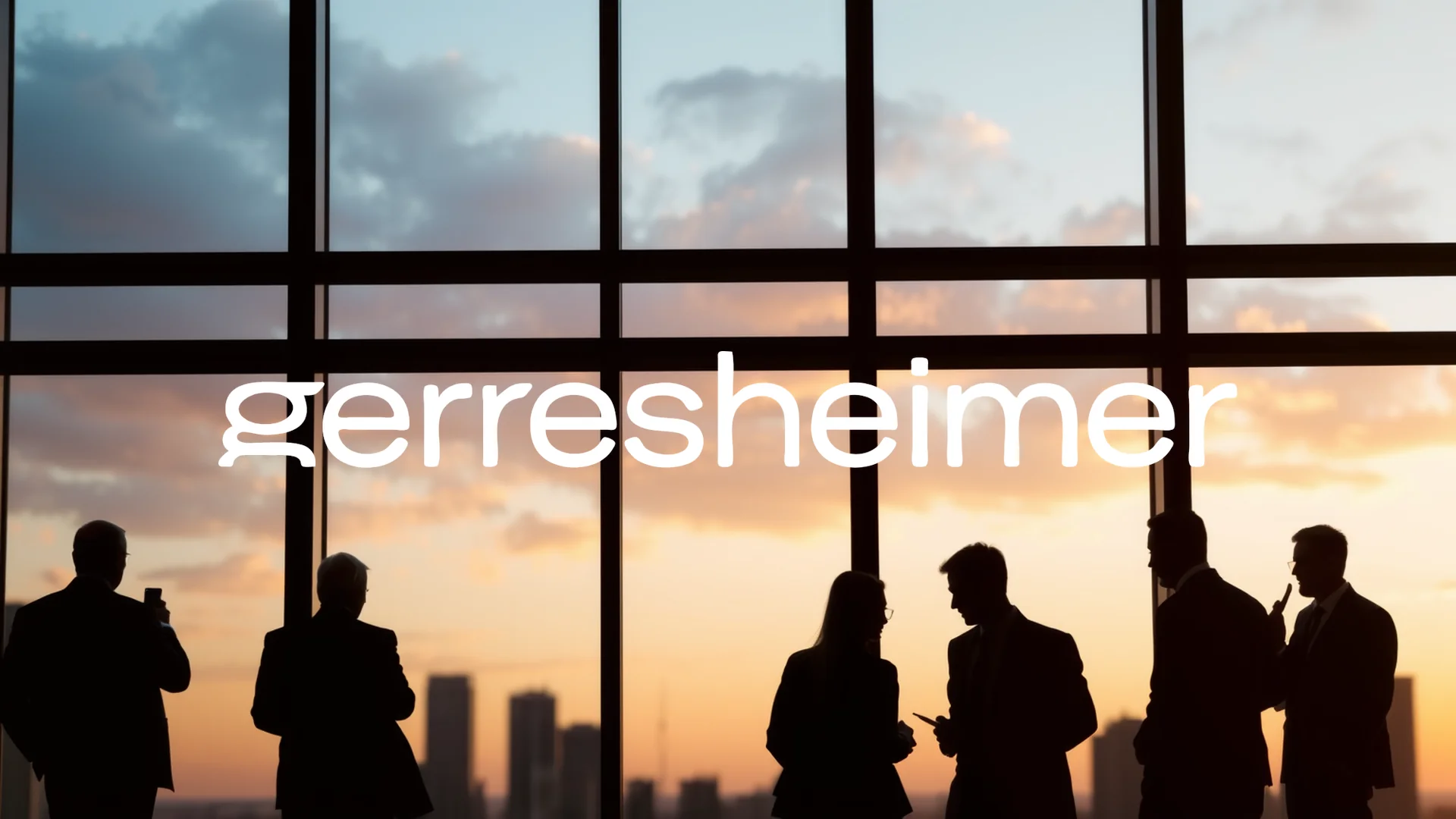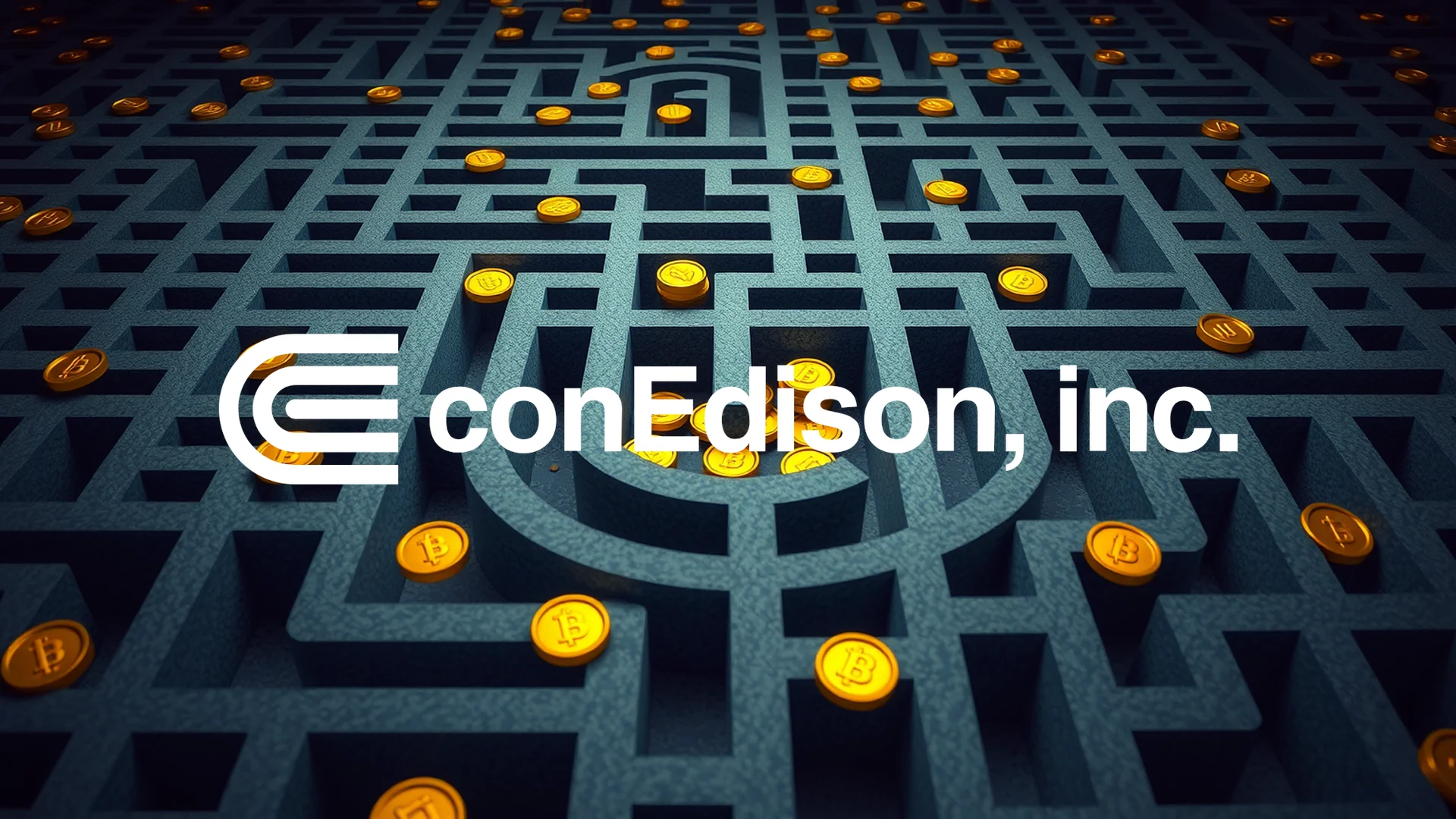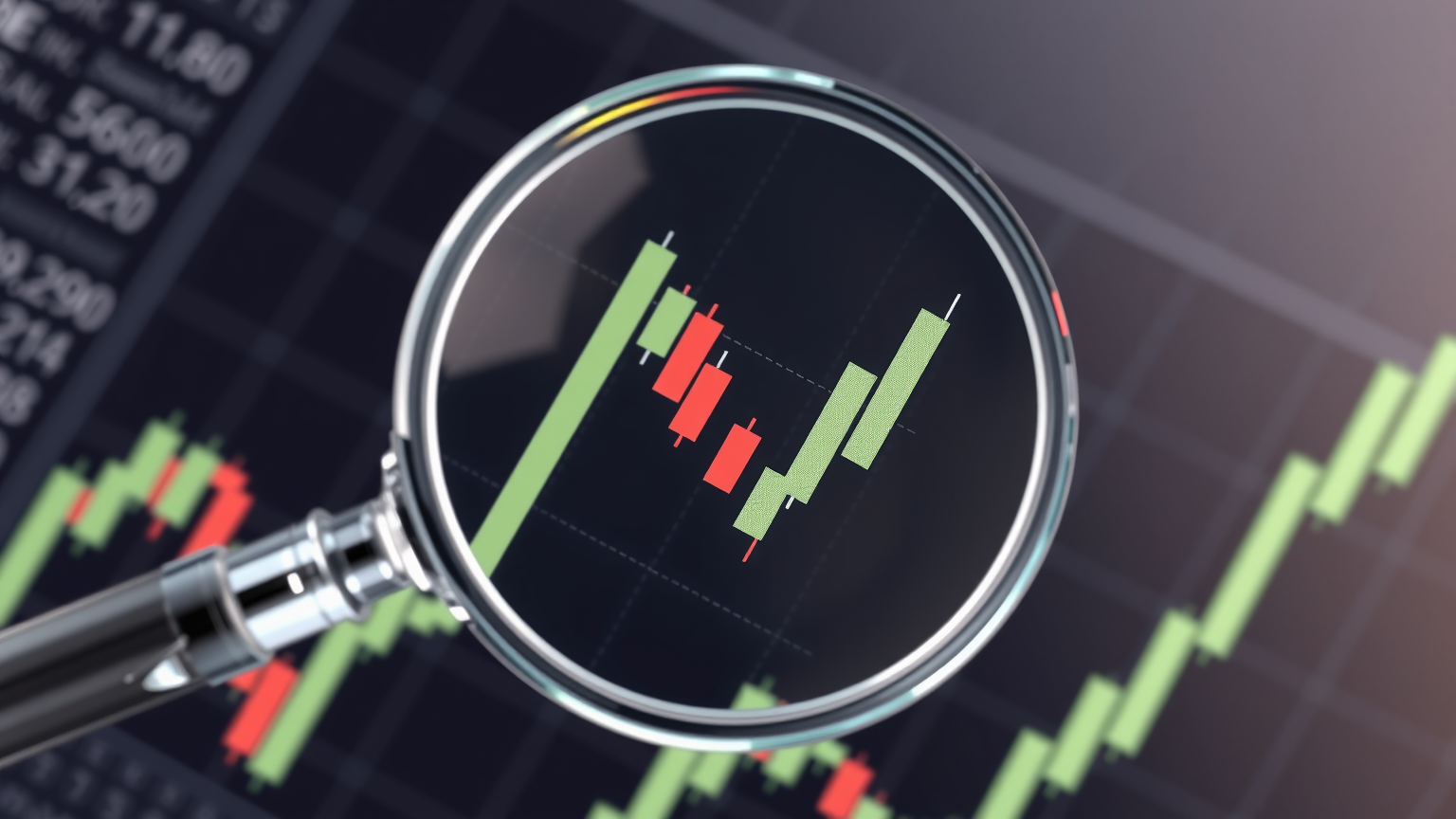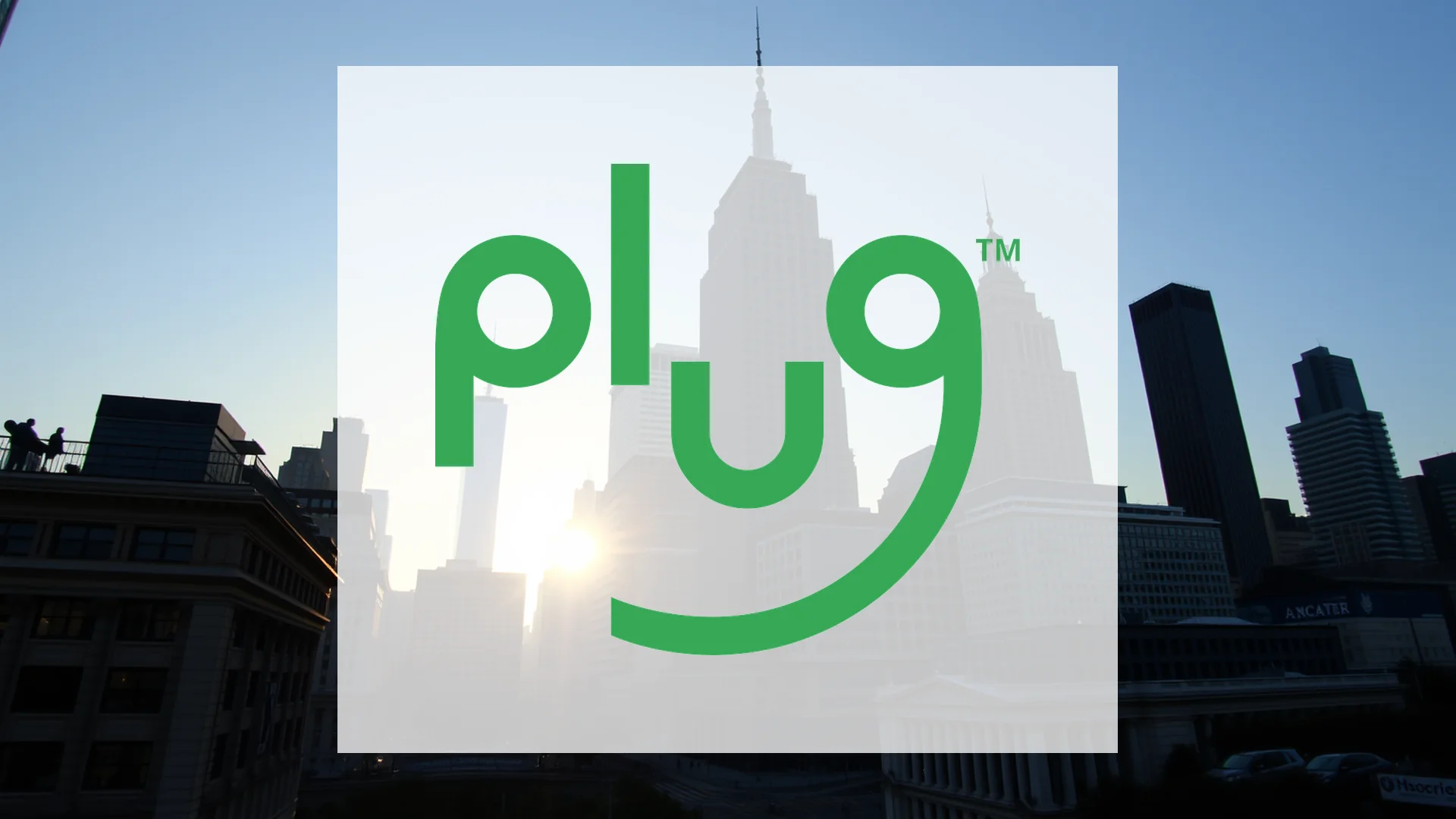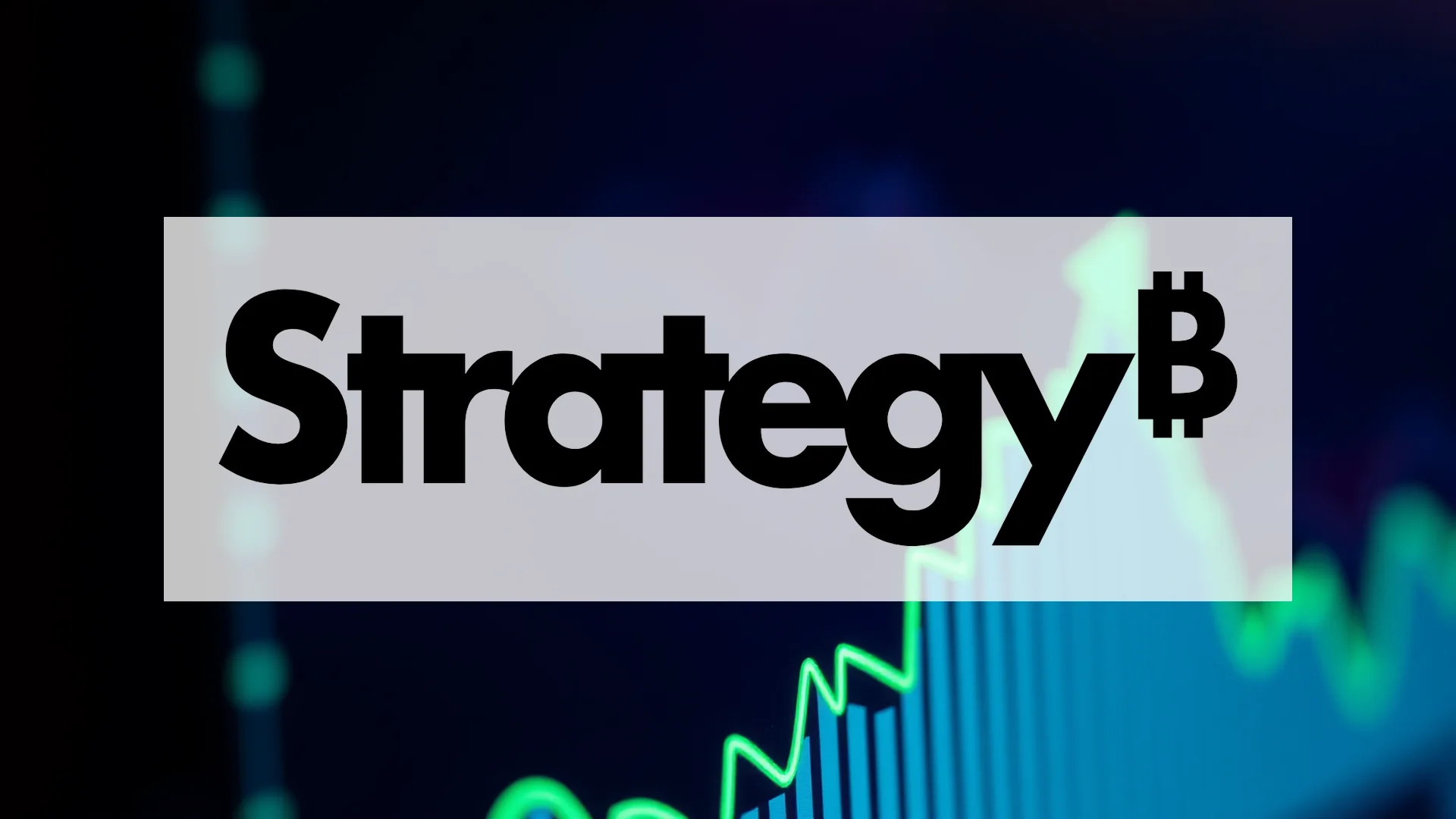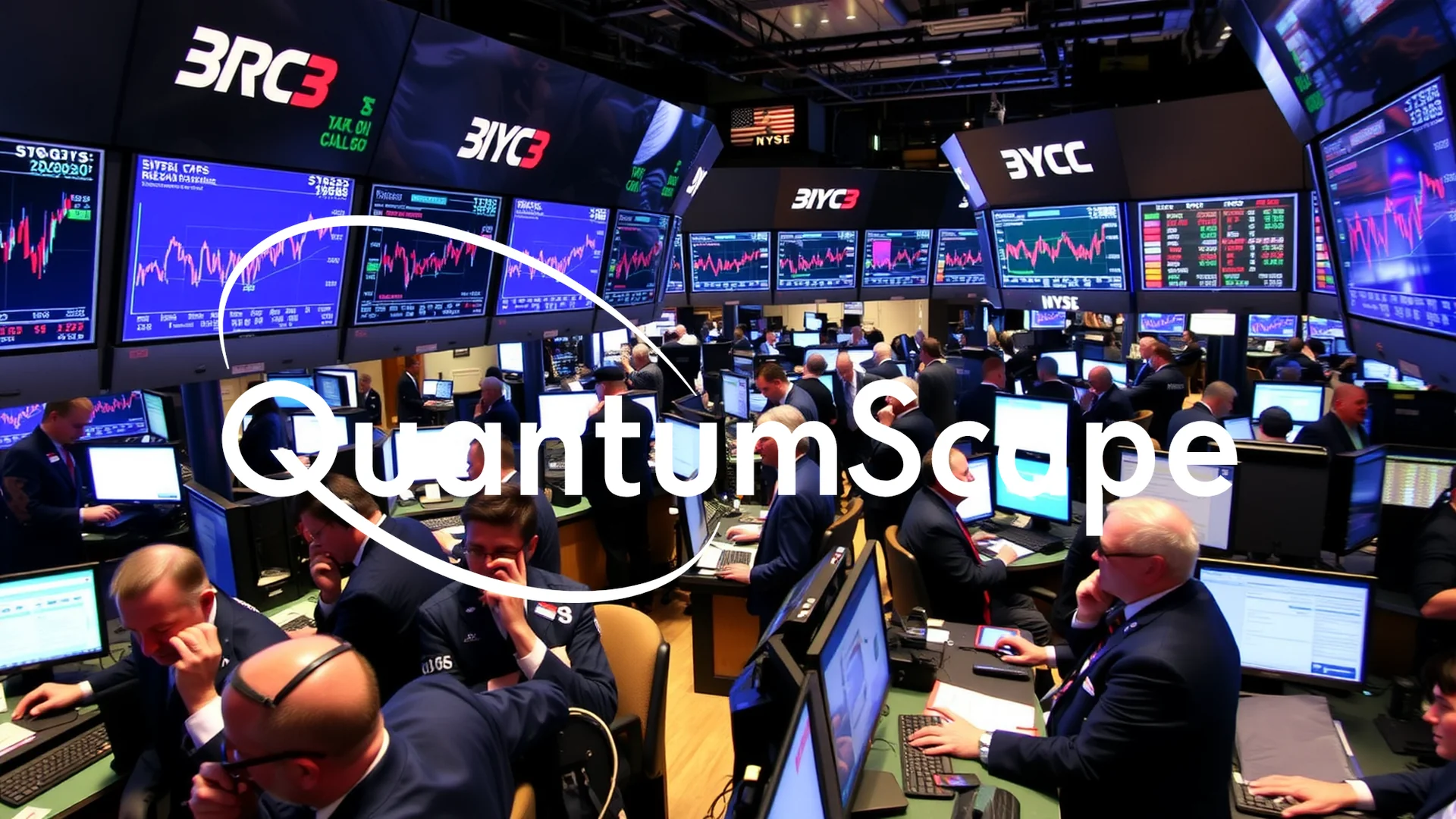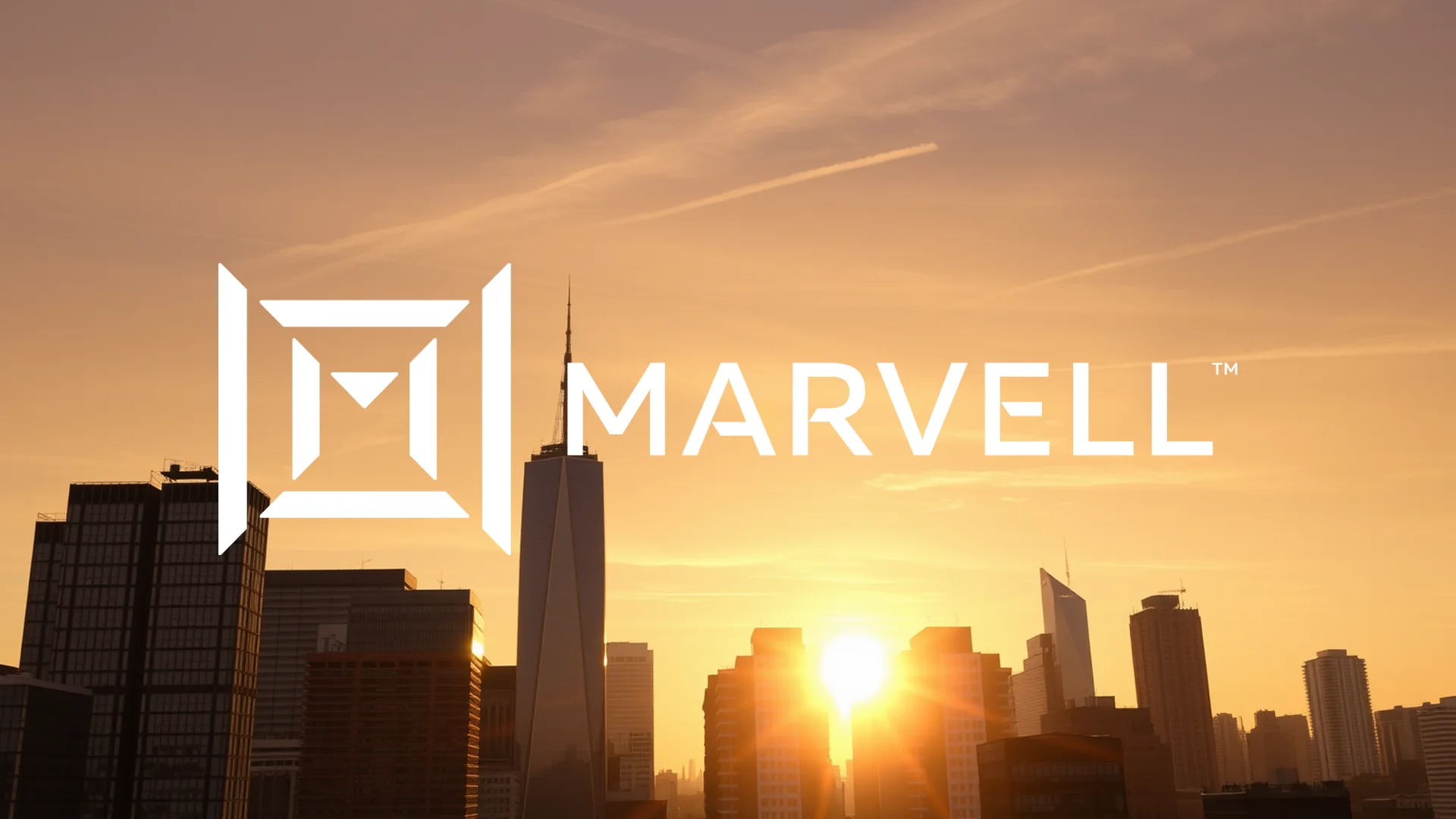French cosmetics leader L’Oréal is navigating a complex global landscape marked by divergent regional trends. While the company executes an aggressive expansion strategy in India and launches innovative skincare initiatives, financial analysts express caution due to emerging challenges in key Western markets.
Analyst Concerns Offset Expansion Optimism
Market experts maintain a cautious outlook on L’Oréal’s near-term performance despite the company’s strategic initiatives. UBS has reaffirmed its neutral rating on the company’s shares, establishing a price target of €353. This valuation suggests potential downside of approximately 13% from current levels.
The skepticism stems primarily from concerning signals emerging from North American competitors. Both Estée Lauder and Coty have indicated that the broader beauty sector faces increasingly challenging and complex operating conditions throughout the second half of the year. These warnings have prompted analysts to question whether L’Oréal can fully insulate itself from sector-wide headwinds.
Indian Market Emerges as Premium Growth Engine
L’Oréal’s substantial investments in India represent a cornerstone of its long-term growth strategy. The company has positioned itself at the forefront of international beauty brands targeting India’s rapidly expanding premium segment. Market researchers project extraordinary growth for India’s luxury beauty market, forecasting an expansion from $800 million in 2023 to approximately $4 billion by 2035—a fivefold increase.
This expansion specifically targets the country’s growing demographic of young, digitally-engaged consumers who demonstrate increasingly sophisticated beauty preferences. L’Oréal’s comprehensive approach to the Indian market constitutes a significant strategic bet on the region’s long-term economic development and consumer spending power.
Should investors sell immediately? Or is it worth buying L'Oréal?
Portfolio Optimization and Technological Innovation
Concurrent with its market expansion, L’Oréal is implementing significant portfolio changes. The company has discontinued its Gowoonsesang brands to concentrate resources on strengthening its Dr.G skincare line. This consolidation reflects a broader strategic shift toward operational efficiency and brand focus within the skincare division.
The company is simultaneously advancing its technological capabilities through artificial intelligence applications. L’Oréal’s Turkish subsidiary has implemented generative AI tools to streamline creative content production, representing a modernization of marketing approaches and potential cost efficiencies.
Redefining Beauty Narratives Through Skincare Innovation
L’Oréal’s product development strategy includes the recent introduction of “The Beauty of Longevity” initiative in China, where it’s marketed as “新龄美” or “New-Age Beauty.” This campaign represents a cultural repositioning that moves beyond traditional anti-aging narratives toward celebrating dignified aging. The company is thereby repositioning skincare as an integral component of lifelong wellness rather than merely addressing cosmetic concerns.
This philosophical shift in marketing approach reflects L’Oréal’s attempt to capture evolving consumer values, particularly in Asian markets where demographic changes are creating new opportunities for beauty brands that successfully address mature consumers.
The fundamental question for investors remains whether L’Oréal’s strategic investments in high-growth markets and product innovation can sufficiently offset emerging challenges in established markets to maintain its growth trajectory amid increasing sector volatility.
Ad
L'Oréal Stock: Buy or Sell?! New L'Oréal Analysis from November 22 delivers the answer:
The latest L'Oréal figures speak for themselves: Urgent action needed for L'Oréal investors. Is it worth buying or should you sell? Find out what to do now in the current free analysis from November 22.
L'Oréal: Buy or sell? Read more here...

